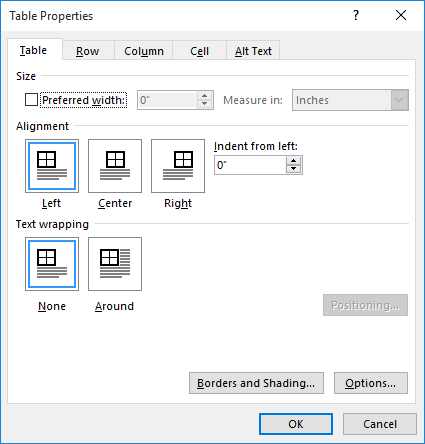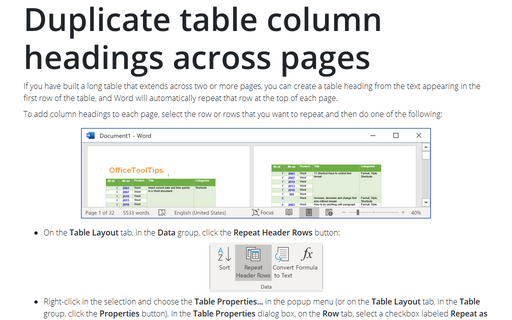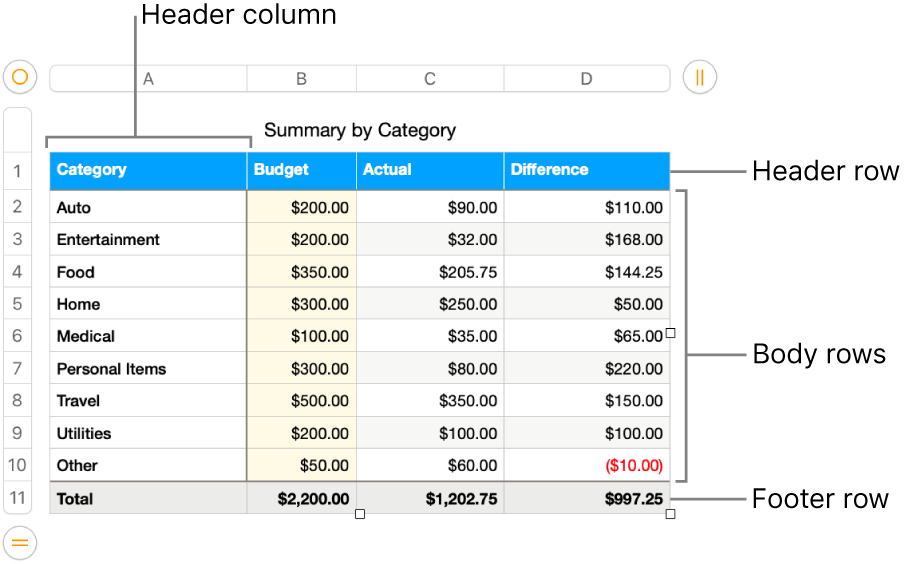

I added a Salary column to the table below and entered some dollars, plus a new row at the bottom for the salary totals. You can even insert formulas to calculate your numeric data. Just choose the separator you prefer, so when the table grid disappears, the data isn’t all jumbled together. You can also convert your table back to a text block.

For example, you can sort by Last Name, then by First Name. You can sort by column numbers or by column headers, and it provides two sort levels. With the table still highlighted, click Table Tools > Layout > Data > Sort to sort the table data alphabetically or numerically, just like in Excel. Select Cell Margins to change the margins inside each cell. Other features include Table Properties, which provides several options for aligning the table with the text or wrapping text around your table. Menu options to modify a table structure. Place your cursor on the first cell in the grid and slide it down and over until you highlight (for this example) four columns and five rows, then click once.

The Insert Table dialog box will open, showing a basic grid pattern as well as traditional menu options below it. Under the Insert tab, click the Table button. Position your cursor in the document where you want the table inserted. To start, open a blank Word document from the Home/New page. Microsoft now provides five different methods for creating tables: the Graphic Grid, Insert Table, Draw Table, insert a new or existing Excel Spreadsheet table, and Quick Tables, plus an option for converting existing text into a table. It’s worth giving Word 2013’s table tools a try, though, because the process is easier, and there are some new graphical options. This Context-menu shortcut is not available in Word 2010 or later versions.Creating tables in Microsoft Word used to be so annoying that most people just did it in Excel, then imported it into Word. This displays the "measuring cup" tool mentioned in step 6. Instead of steps 5 and 6, you can simply right-click on the left-most text box and select Create Text Box Link from the resulting Context menu. It is interesting to note that if you are using Word 2007, there is an even quicker way to accomplish the above steps. Enter your text in the left-most text box, and it will naturally flow into the other text boxes.



 0 kommentar(er)
0 kommentar(er)
